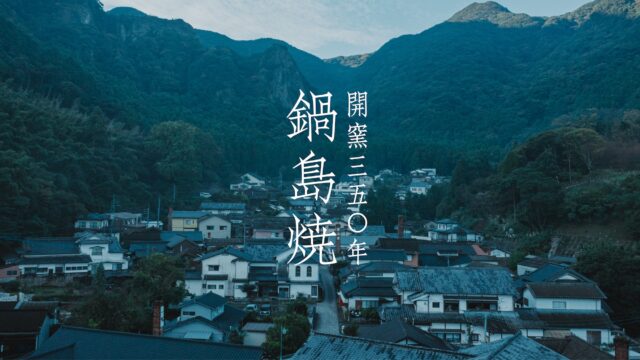Shitsurindo and ZOZO NEXT Launched Collaborative Research on New Lacquer Techniques
KOGEI Topics VOL.19
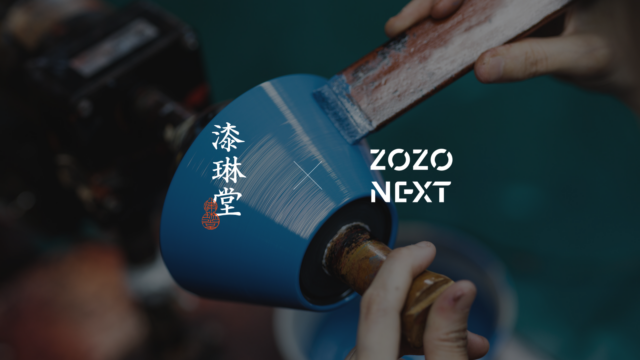

VOL.1-19
Update
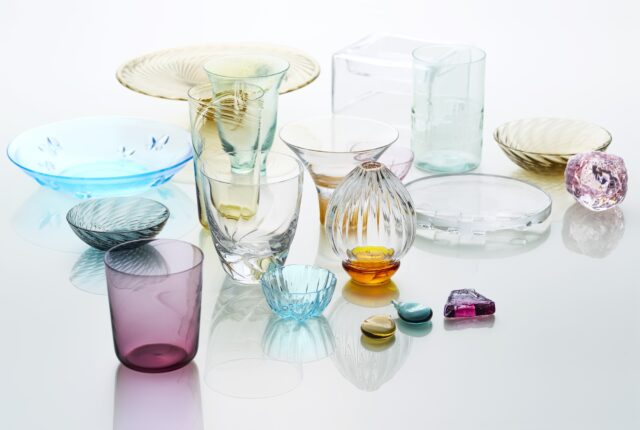
VOL.1-17
Update
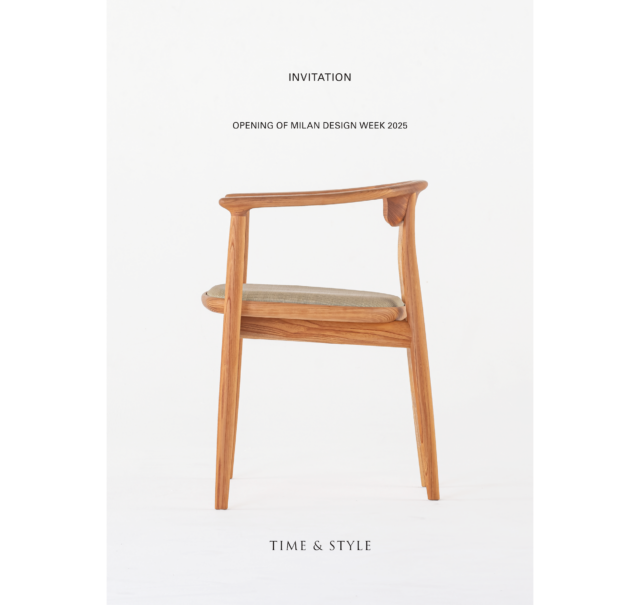
VOL.1-43
Update
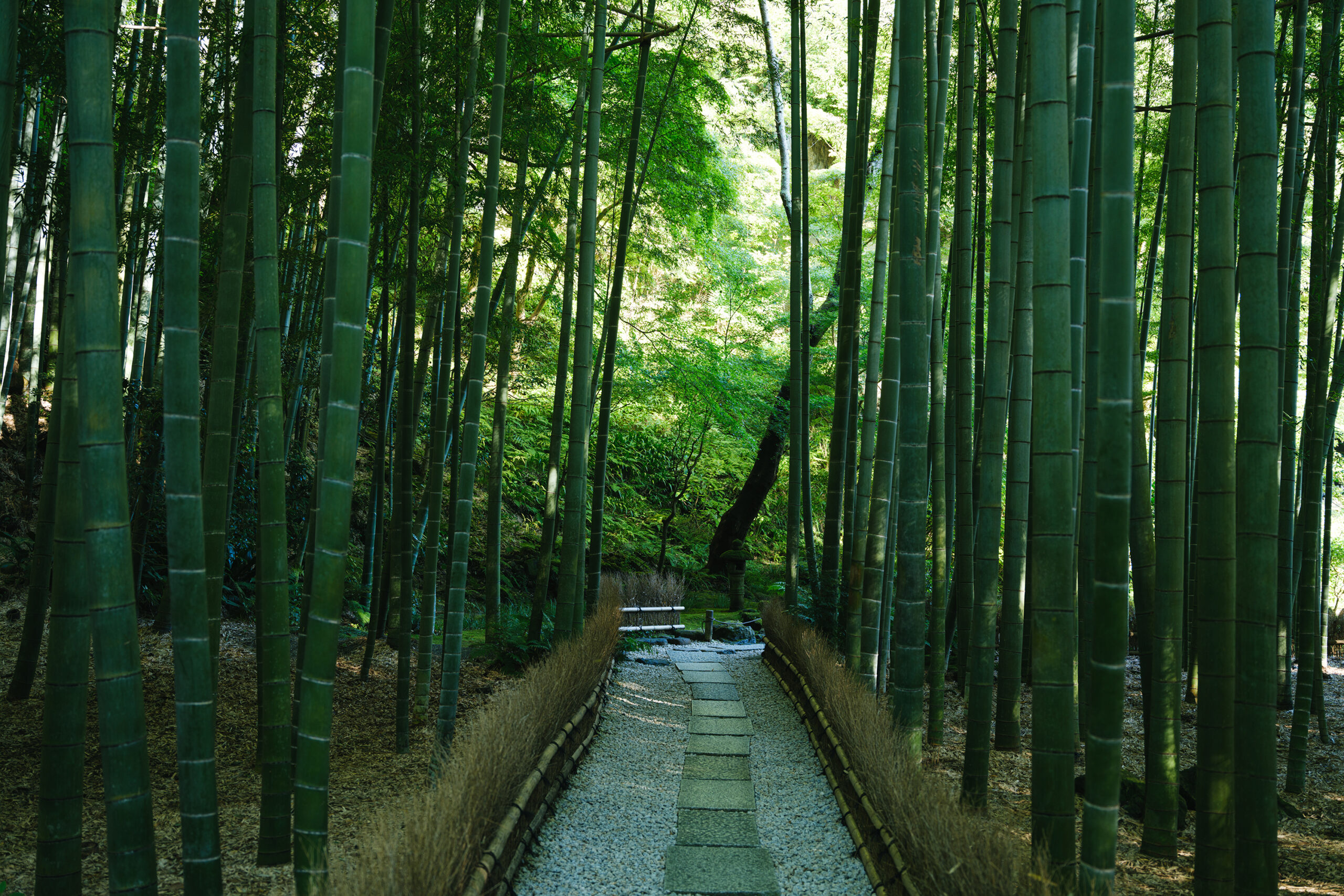
VOL.1-2
Update
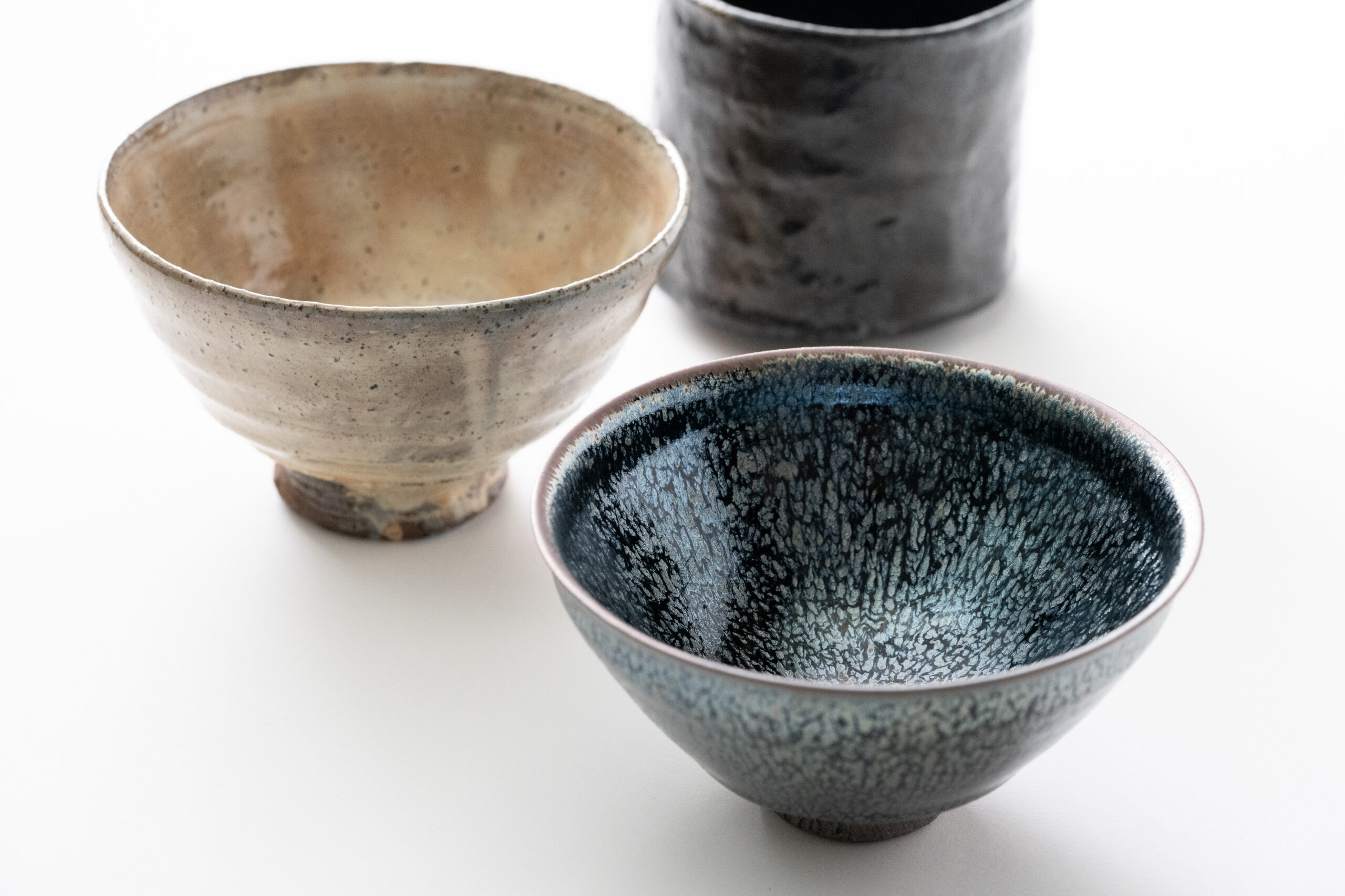
VOL.1-3
Update

VOL.1
Update
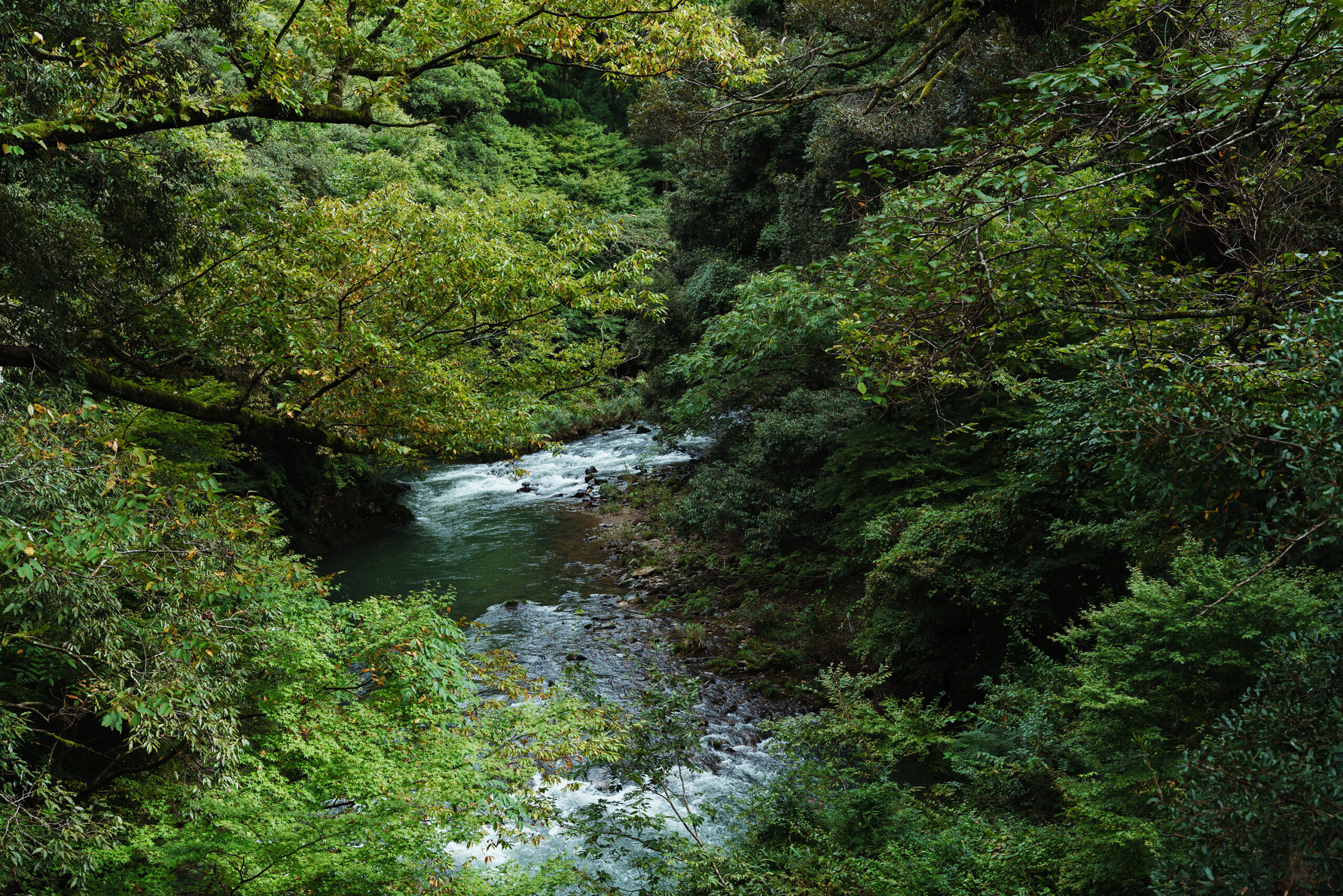
VOL.1-7
Update
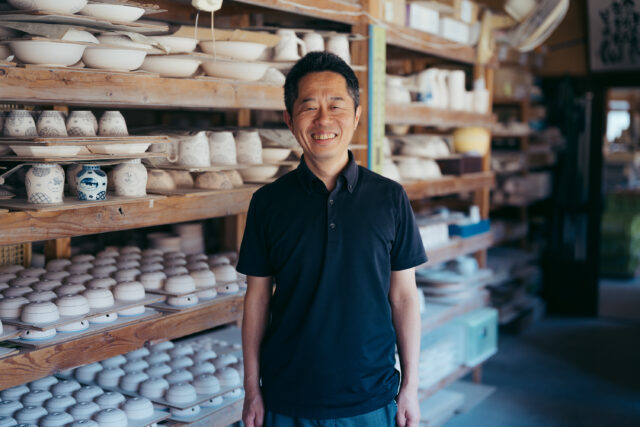
VOL.1-32
Update
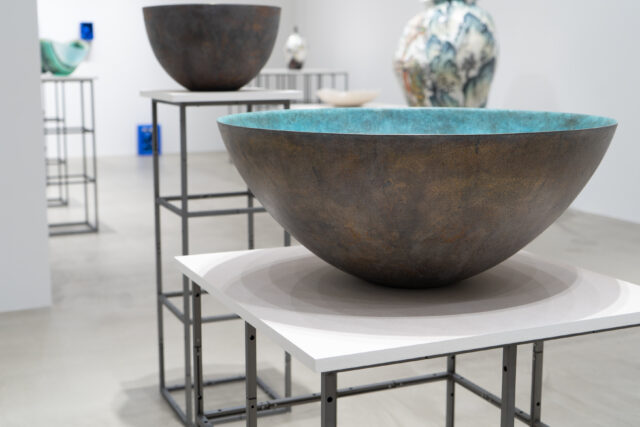
VOL.1-26
Update
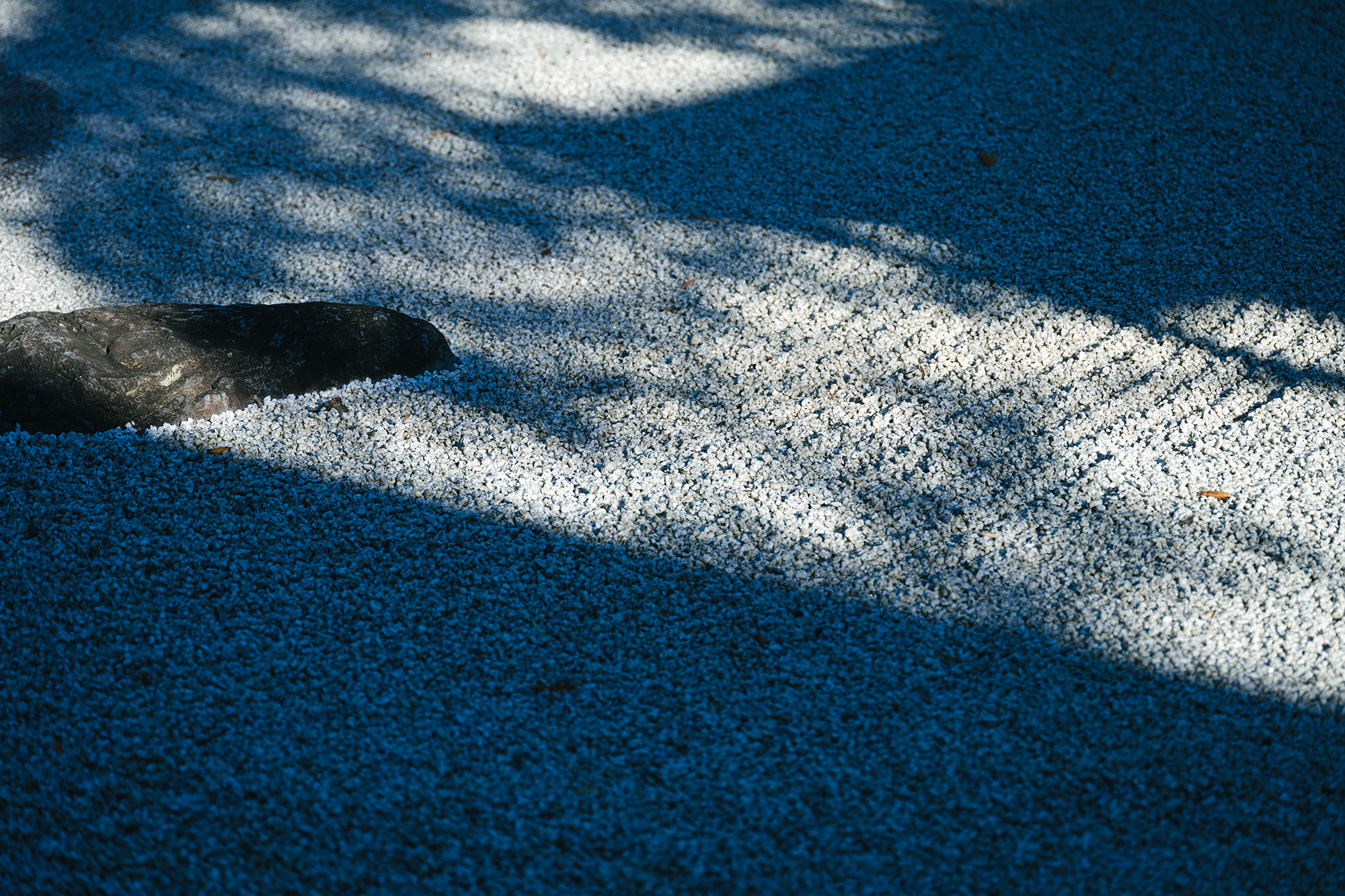
VOL.1-12
Update
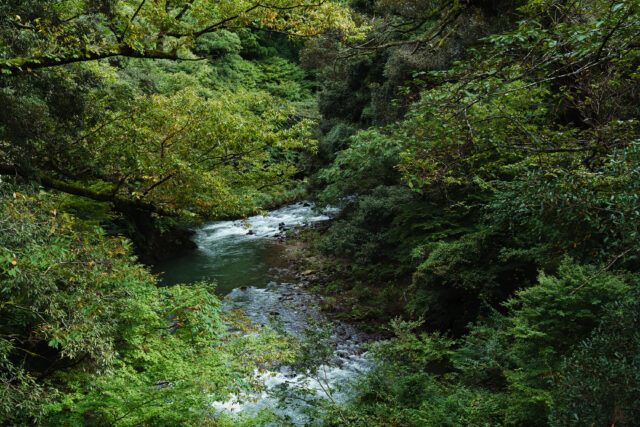
VOL.1-3
Update
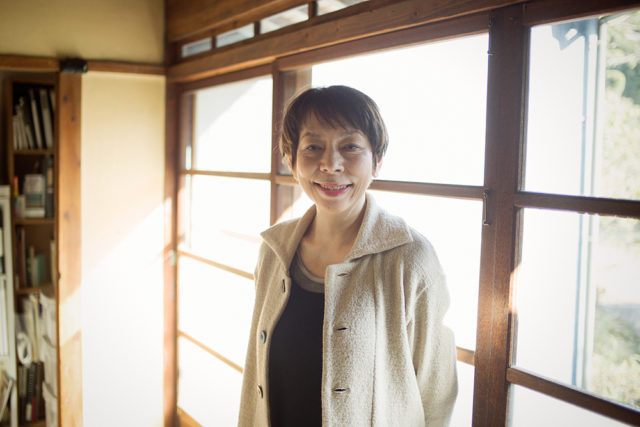
VOL.1
Update
We share a variety of information and perspectives on Japanese crafts, including exhibition information and interviews.
KOGEI Topics VOL.19
New Products VOL.17
Featured Exhibitions & Events VOL.43
KOGEI Topics VOL.18
Apr 5 – Jun 22, 2025
SEIKADO BUNKO ART MUSEUM
Apr 8 – May 6, 2025
The Gotoh Museum
Apr 11 – Jun 15, 2025
Kyoto City KYOCERA Museum of Art
Apr 12 – Jun 29, 2025
TOGURI MUSEUM OF ART

Takahashi Kobo, Inc. was founded during the Ansei era (1854-1860) of the Edo period. Mr. Kuranosuke Takahashi had set up a workshop in Suidobashi, Tokyo, which specializes in the coloring and printing process of Edo woodblock prints. A printer of Edo woodblock prints is known as a “surishi”. Subsequently, Mr. Shinjiro Takahashi who was the fifth generation head, expanded the business to serve as “hanmoto”, which is a publisher that is responsible for the total production including planning, creating and sales regarding Edo woodblock prints. The business is currently managed by Ms. Yukiko Takahashi, the sixth generation head of the company. She has always loved kogei and arts from a young age. She has released a variety of innovative works ranging from a revival series of ukiyo-e to interior accessories and even goods like insoles.
Edo woodblock printing has a long history. It is created by the following steps; spread prepared paints on the surface of a woodblock with a brush, carefully place Japanese “washi” (paper) according to “kento” (alignment guide) so that the print does not shift, press and rub the paper with a “baren” (a flat pad) in order to transfer the colors onto the paper, and repeat this process many times covering different parts of the print. Its deep perspective and three-dimensional effects are uniquely achieved by making full use of techniques such as “bokashi”, a precise gradation which is applied by proficient artisans, and a kind of embossing called “karazuri” which is achieved by pressing paper on a carved woodblock without any paints.
Inheriting the traditions that have continued since the Edo period, Takahashi Kobo has been carefully educating craftsmen in the basics of daily life such as cleaning, washing, and serving tea as well as perfecting their techniques for Edo woodblock printing. Ms. Yukiko Takahashi said, “It is important to be blown by the winds of the world. I hope the craftsmen will be able to learn about what people want and the direction that the world trends are heading” which is her training policy for her staffs. That is why she engages energetically in exhibitions, lectures and overseas workshops such as in the British Museum, bringing along young craftsmen so that they could have international exposures, all in the hope of the overall development of the Edo woodblock printing industry. Also, as a part of the ongoing activities of the Tokyo Traditional Woodblock Print Association, where Yukiko serves as chairman, Takahashi Kobo has been involved in many revival projects of numerous masterpieces of ukiyo-e such as Utagawa Hiroshige and Katsushika Hokusai. In 2018, a revival project of “shunga” (erotic art) was initiated starting with works by Torii Kiyonaga titled “Sode no maki (Volumes of a sleeve)”. This long-awaited reprint of shunga with its beautiful, vivid and elegant expressions using the best ukiyo-e woodblock printing techniques from the Edo period allows us a glimpsed of a bygone era. Expected to be completed for the first time in about 200 years, the project is ongoing as of 2019.
